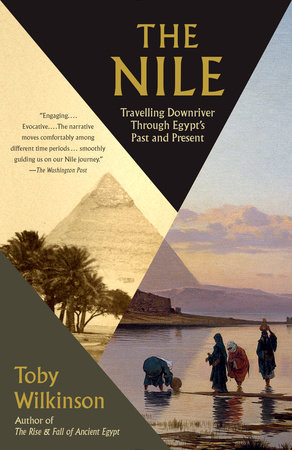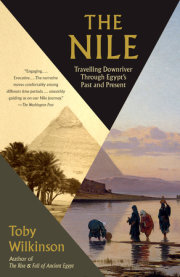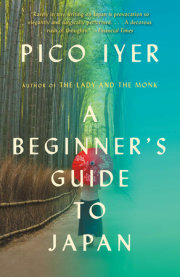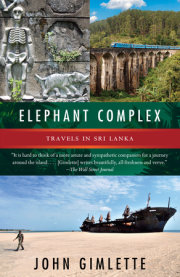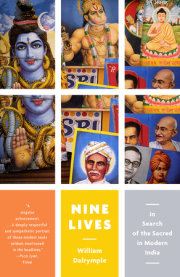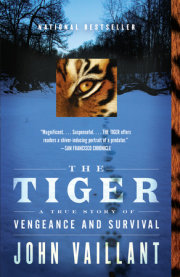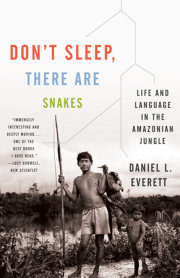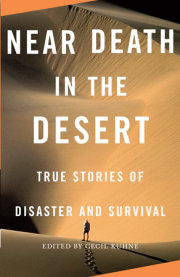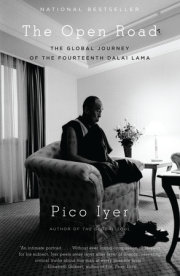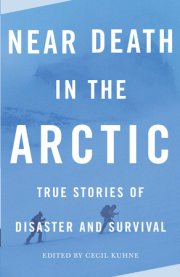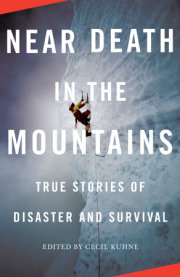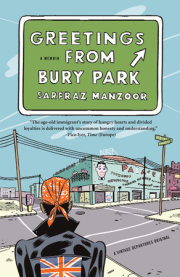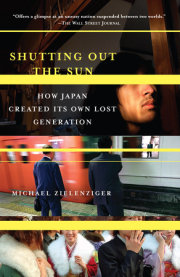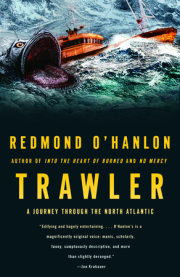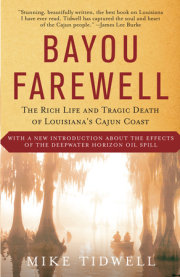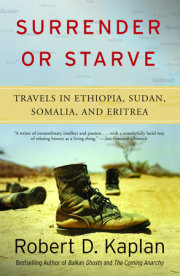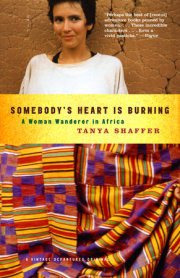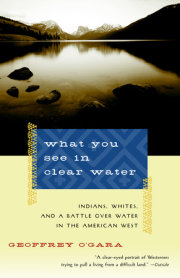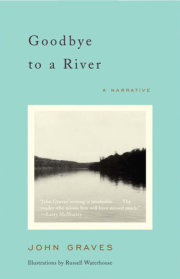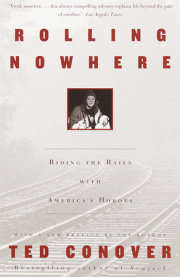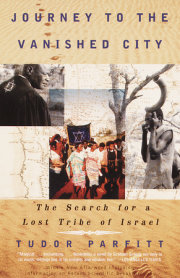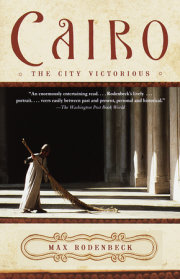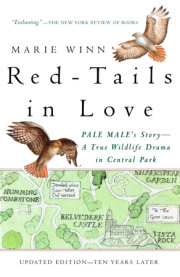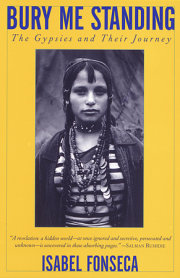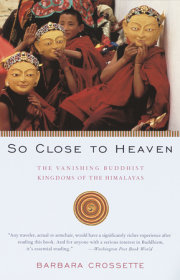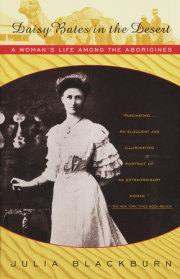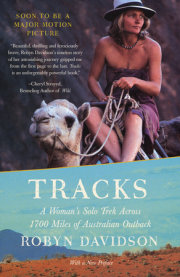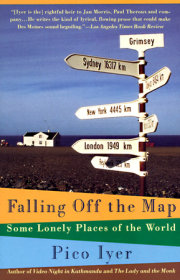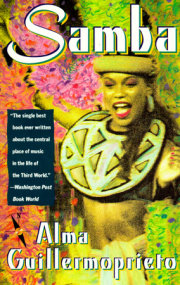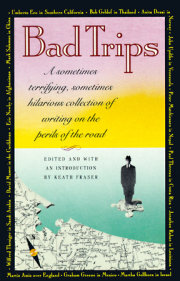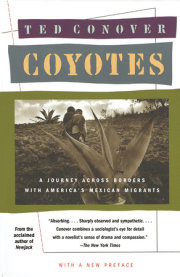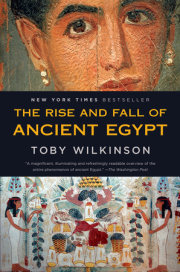one
The Nile
Egypt’s Eternal River
Egypt is the Nile . . . The Nile has created its limits and gifted it with opulence.
—samuel cox
Egypt covers an area of over 380,000 square miles. Ninety-five per cent of it is barren desert. The climate across most of the country is extremely dry, and nowhere receives sufficient rainfall to support agriculture. Without the Nile, there would be no Egypt. The narrow strip of green—the floodplain of the Nile—that runs through Egypt from south to north constitutes less than one-twentieth of the country by area, yet supports more than 96 per cent of its population. As the Roman geographer Strabo put it, “Egypt consists of only the river-land”; and that sentiment remains as true today as it was two thousand years ago.
We now know that the Egyptian Nile is born of the confluence of two great rivers, the Blue Nile which rises in the highlands of Ethiopia, and the White Nile which is fed by Lake Victoria. Just downstream of the Sudanese capital, Khartoum, they join to form a single mighty watercourse, a river that runs northwards for a thousand miles until it reaches the sea. In the southern half of its course, barriers of hard, igneous rock intrude across the Nile Valley at various points. Each barrier causes the river to divide into narrow streams and rivulets as it surges around the natural obstacles in its path. These are the Cataracts of the Nile, conventionally numbered from north to south (even though the river flows from south to north). They are not the massive waterfalls found on other African or American rivers, but regions of rocks and rapids no less hazardous to shipping.
Only when the Nile has broken through the last such barrier—the granite outcrops of the First Cataract at Aswan—can it continue its journey, uninterrupted, to the Mediterranean. Flowing gently between cliffs of sandstone, its floodplain is at its narrowest, the strip of green on either bank no more than a few feet wide in places. Beyond the towering quarries of Gebel el-Silsila, the sandstone gives way to limestone, creating a softer landscape of age-eroded bluffs, and a broader valley. North of Luxor, the Nile swings sharply to the east in a great bend that brings it closer to the Red Sea than at any other point in its course. But it soon returns to its northwards flow, its floodplain broadening out still further in the remote backwaters of Middle Egypt. Some 625 miles from the First Cataract, the power of the Nile begins to abate and it divides into smaller channels as it makes its increasingly sluggish way to the sea, its alluvial plain fanning out to produce the Delta. (The ancient Egyptians conceptualised their land as a papyrus plant, the narrow valley forming the stalk and the broad delta the flower-head.) Finally, the river meets the sea in a series of brackish coastal lagoons before disgorging its last remaining sediment into the Mediterranean—the sea known to the ancient Egyptians as “the great green.”
By way of counterpoint to this south–north direction of flow, there is the east–west dynamic of the Valley. Over the aeons, the river has shifted within its floodplain, creating and destroying alluvial land as it goes. The meandering of the river’s channel means that the broader expanse of fertile alluvium is sometimes to be found on the east bank, sometimes on the west. At some points in its course, the river runs close up against the western escarpment, with barely a strip of green between; at other places, it is the eastern cliffs that approach the river’s edge, while the western hills are hazy in the distance beyond the fields. It is this east–west rhythm of the river as much as its south–north flow that has determined the human geography of the Nile Valley. Between the First Cataract and the Delta, the major settlements alternate between the east and west banks, depending on the local topography: Aswan on the east, Edfu and Esna on the west; Luxor, Qift and Qena on the east; Abydos, Asyut and the towns of Middle Egypt on the west; and, finally, Cairo back on the east bank.
As well as the alluvial land that makes agriculture and human settlement possible, the Nile has also created some of the most striking and memorable scenery anywhere in the world. The landscape, with its patterns of blue, green and yellow-brown, has remained largely unchanged since the days of the pharaohs and imparts a timelessness to the Valley that somehow manages to blur the intrusions of modern life. While the Nile’s green thread is most strikingly apparent from the air, the scenery along its banks is best appreciated from the water itself,
the level bank shelving down steeply to the river; the strip of cultivated soil, green with maize or tawny with dura; the frequent mud-village and palm-grove; the deserted sugar factory with its ungainly chimney and shattered windows; the water-wheel slowly revolving with its necklace of pots; the shadûf worked by two brown athletes; the file of laden camels; the desert, all sand-hills and sand-plains, with its background of mountains; the long reach, and the gleaming sail ahead.
Indeed, “the traveller on the Nile really sees the whole land of Egypt . . . through which the Nile has been scooping its way for uncounted cycles . . .”
The Egyptians have always been acutely aware of their unique environment; its harmonies and contrasts have shaped their society and world view. The sharp divide between the green strip of floodplain and the yellow-brown desert on either side only emphasises the precariousness of existence and the delicate balance between feast and famine, life and death. In such a world, Egyptians of all periods have revered their river and the life it makes possible.
Since the dawn of time, Egyptians have speculated about the creation of the world; they have invented various stories, but the most powerful of the ancient myths tells how a small island emerged from the waters of chaos, like a sandbank from the Nile, bringing the possibility of life to the world. Christian and Muslim theologians came up with different accounts, but the importance of the Nile remained strong. Writing around ad 1000, the Arab scholar al-Muqaddasi praised Egypt with the following words: “God has mentioned this region repeatedly in the Qur’an, and has shown its pre-eminence to mankind. It is one of the two wings of the world . . . its river the most splendid of rivers.”
Belief in the Nile’s creative power has continued down to modern times. After Europeans discovered the Nile, they attributed to it quasi-magical properties. Nile water was believed to encourage the birth of twins, or even sextuplets, and was exported in sealed jars for purchase by wealthy—and gullible—clients. Even as great a polymath and scholar as Jean-François Champollion, the man who deciphered hieroglyphics, took Nile water as a curative. In 1825, an Irish doctor named Dr. Richard Madden opined, “In its wholesome properties, I believe the water of the Nile exceeds that of any other river in the world . . . by its gentle action as an aperient, it benefits health”—even though his close examination of the said water under a microscope had revealed it to be “alive with animal-culae” (parasites, algae and bacteria).
While the Nile’s water has always been more likely to kill than cure, it does, however, have miraculous properties, properties upon which Egyptian civilisation itself was built. Until 1964 and the completion of the High Dam at Aswan, the river’s unique gift was made manifest in its peculiar annual regime. Each summer, the rains falling over the Ethiopian highlands surged downhill, swelling the Blue Nile and causing it to breach its banks in a great inundation. In Egypt, the flood first became apparent in mid-July at the First Cataract—as much by the noise of the crashing torrent as by the increased volume of water. Over the course of just a few days, the flow at the Cataract rose fifteen-fold; as the flood spread northwards, the entire floodplain was inundated to a depth of six feet, with only dikes and the towns and villages on higher ground remaining dry above an inland sea.
If too great, such an inundation could prove devastating—it was common practice for watchmen to be stationed along dikes at regular intervals at the start of the flood season, to monitor the rising water level and build emergency defences if the flood threatened to overwhelm settlements. But, in a good year, the flood brought twin blessings: water to the fields (even those some distance from the river) and a fresh deposit of fertile silt, carried downstream from the Horn of Africa. An average inundation carried 110 tons of sediment into Egypt, replenishing the soil and renewing its fertility on an annual basis. As Strabo noted, “The water stays more than forty days in summer and then goes down gradually just as it rose; and in sixty days the plain is completely bared and begins to dry out.” The after-effects of the flood—the magical combination of water and nutrients, under the warmth of the Egyptian sun—gave the Nile Valley an agricultural productivity that was the envy of other lands. (The introduction of perennial irrigation in the early twentieth century raised the number of crops that could be grown each year from one to three, increasing yields and profits still further. Another result, with unforeseen consequences in the long term, was a rapid rise in Egypt’s population.) It was thanks to the annual inundation that Egypt was able not only to feed itself but to develop a sophisticated civilisation.
The flood was so vital a phenomenon that the ancient Egyptians set their calendar by it, the first day of the first month of the inundation season marking the start of the new year. The flood was worshipped as the corpulent fertility god Hapy, bringer of abundance, and hymns were composed to him. Classical authors likewise rhapsodised on the Nile flood, and the magnificent Palestrina mosaic was created to celebrate the river’s bounty. The Arab poet Abd al-Latif al-Baghdadi praised the after-effects of the inundation, which meant that “all the earth is cultivable.”
The only problem with the Nile’s annual miracle was its variability. The Roman historian Pliny explained that
An average rise is one of sixteen cubits [twenty-seven feet]. A smaller volume of water does not irrigate all localities, and a larger one by retiring too slowly retards agriculture . . . in a rise of twelve cubits [Egypt] senses famine, and even at one of thirteen it begins to feel hungry, but fourteen cubits brings cheerfulness, fifteen complete confidence and sixteen delight.
A flood measuring six feet below normal at Aswan could reduce agricultural yields by three-quarters, bringing famine. By contrast, a flood six feet above normal would breach dikes, overwhelm settlements, destroy granaries, encourage plagues of insects and delay sowing, causing the ripening crops to wither under the hot summer sun. (The year 1818 witnessed just such a flood; whole villages were washed away, several hundred people were drowned, and “Every available boat was engaged in carrying precious grain to higher ground.”) Thus, as well as bringing life and prosperity to Egypt, the Nile’s waters also determined the country’s fate—year after year. This explains the Egyptian preoccupation with measuring the height of the annual inundation, by means of Nilometers built at key locations in the Valley—notably the island of Elephantine at the foot of the First Cataract and the island of Roda on the outskirts of Cairo. The annual measurements of the inundation were pored over by priests and bureaucrats alike, for they gave an unerringly accurate prediction of the following year’s harvest. It is telling that Egypt’s earliest historical records—a set of annals, carved on a slab of basalt, noting the main events of each year of each reign starting at the beginning of the First Dynasty—give pride of place to the height of the annual Nile flood, measured in cubits, palms and fingers. For every man, woman and child in Egypt, not just the country but their very lives were the gift of the river.
Copyright © 2014 by Toby Wilkinson. All rights reserved. No part of this excerpt may be reproduced or reprinted without permission in writing from the publisher.

